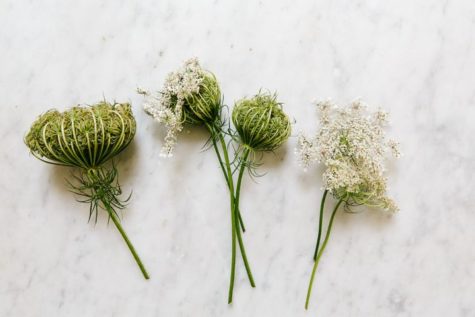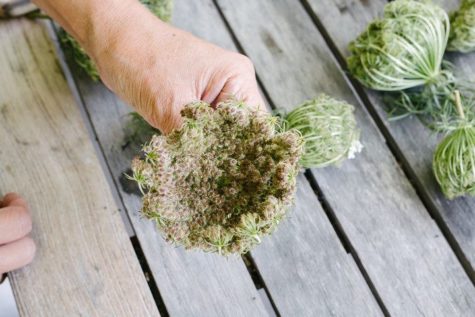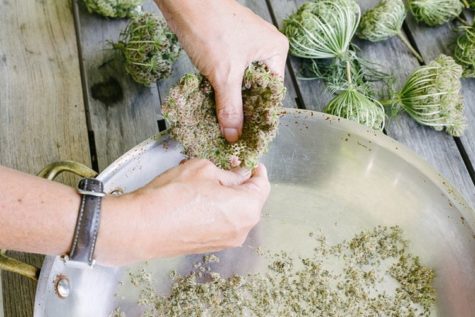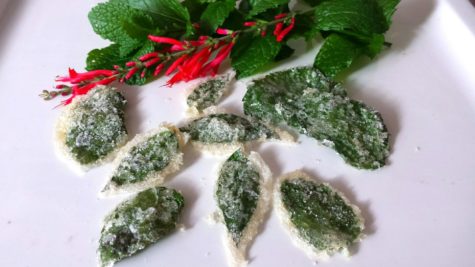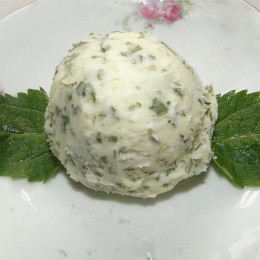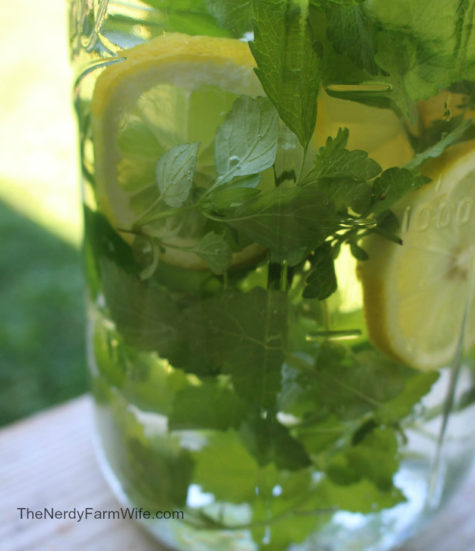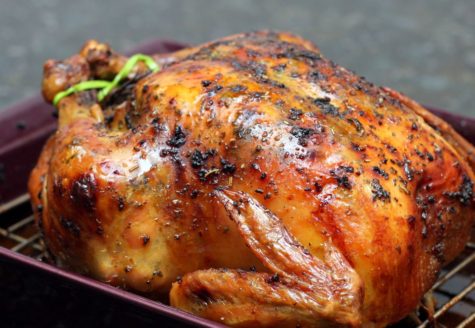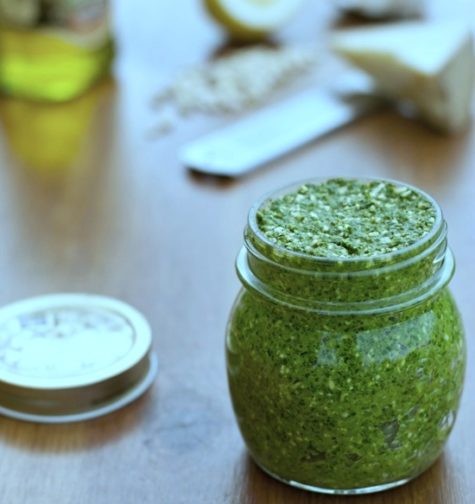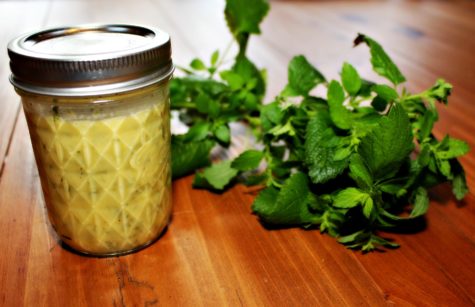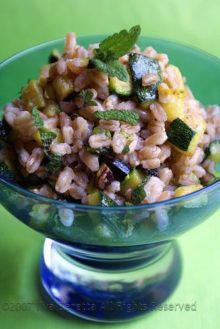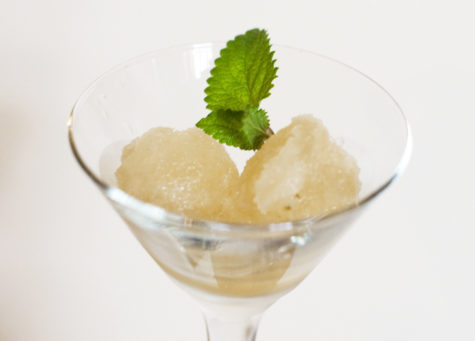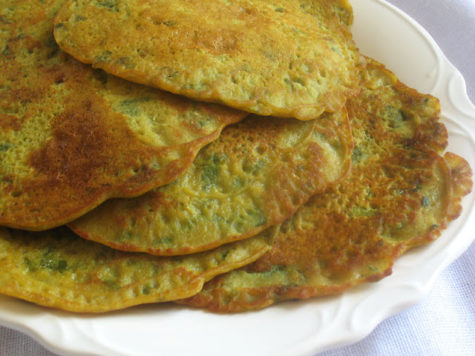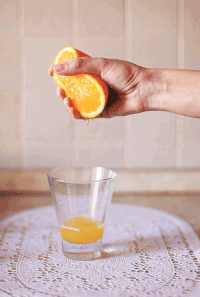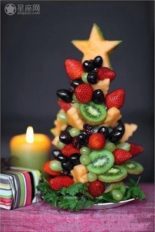Queen Anne’s Lace
Queen Anne’s Lace looks delicate, but its fruit’s pungent flavor and spice is anything but dainty. The flowers of the wild carrot, or Queen Anne’s Lace, are as edible as the stringy root — but the culinary gem is its fruit. Because each fruit is so small and the harvest window is relatively short, I hadn’t even noticed them until recently. But when I looked closely, I could see that each cluster was full of hundreds of small, eye-shaped fruits.
I picked the bunches with the largest fruit (some of the fruit was red, and some was still green), checking the aroma by breathing deep into their flower nests. The scent can vary, but they are heavily fragrant — oftentimes peppery with hints of coriander and carrot. This complexity is the essence of wild flavors.
To harvest, clip the cluster, remove the fruits from the frame, and dry them under gentle heat (such as a heat lamp or dehyrdrator); you can store them whole to use as a spice or seasoning at will. Once they dry, their strong aroma will dissipate, but give them a quick grind in the Cuisinart, blender, or mortar and pestle and — violà! — the pungent fragrance returns.
One of my favorite ways to use this spice is to sprinkle it on top of carrot cake for an added kick. It’s also wonderful in carrot salads, caramelized on top of crème brulée, or infused into jelly.
Important Note:
Historically, Queen Anne’s lace was used for medicinal and contraceptive purposes. Avoid it if you are pregnant, and check with your doctor if you are currently taking medications. More information about this wild herb can be found here: Encyclopedia of Herbology – Wild Carrot
The carrot family contains a number of poisonous look-alikes, most notably poison hemlock. Once the fruit has formed, it is easy to tell them apart, but less so when the plants still only have leaves.
When foraging, always choose high-quality landscapes (not next to the highway or on post-industrial or sprayed sites), and make sure to obtain permission if it is not your own yard. If possible, go out with an experienced forager.
Found at: Food 52
Candied Lemon Balm Leaves
This is a favorite kid activity around here! Beat an egg white with a tiny bit of water. Dip fresh lemon balm leaves in the mixture, then dip in sugar. Lay the coated leaves on a parchment lined baking sheet. Place the baking sheet in a 200°F oven until the leaves look dry, but not browned. Check after 20 minutes and every 5 to 10 after that.
Use to decorate ice cream, cakes, cookies, cupcakes and other confections.
Found at: The Nerdy Farm Wife
Lemon Balm and Honey Butter
Mix half a stick (4 tablespoons) of softened butter with a pinch of finely chopped fresh lemon balm leaves. Add a drizzle of honey to taste. Yummy on hot fresh bread or biscuits!
Found at: The Nerdy Farm Wife
Lemon Balm Water
Fill a jar with fresh lemon balm leaves and a thinly sliced lemon. Pour in cold water until it reaches the top. Refrigerate for several hours. So refreshing on a hot day!
From: The Nerdy Farm Wife
Roasted Lemon Balm Chicken
- Handful of fresh lemon balm leaves, stems removed
- 1/4 cup or so of fresh sage leaves
- 1/4 cup (1/2 stick) butter, softened
- Salt and pepper, to taste
- 1 large roasting chicken
- 1 teaspoon garlic powder
- 2 tablespoons olive oil
Preheat oven to 400°. Trim herb leaves from stems; wash and pat dry. Set sprigs aside. Chop two-thirds of the leaves, and combine with the butter, salt, and pepper. Rinse chicken and pat dry. Loosen the skin in several places and insert the herb butter underneath. Rub chicken with salt, pepper, and garlic powder. Insert the remaining herb sprigs into the cavity of the chicken. Place breast-side-down in a roasting pan. Bake 30 minutes, then turn chicken over. Bake about 20 minutes longer. Makes 4 to 6 servings.
Found at: Bay Witch Musings
Lemon Balm Pesto
You will need:
- 2 cups fresh lemon balm
- 1/2 cup extra-virgin olive oil
- 3 or 4 cloves garlic
Blend all ingredients together in a food processor until chunky, but not too well blended. Use to baste broiled or grilled fish or chicken, or serve as traditional pesto over pasta. Makes about 2 cups.
Found at: Bay Witch Musings
Lemon Balm Vinaigrette
Ingredients:
- 3 tbls. lightly flavored olive oil
- 1 tsp. finely shredded fresh lemon balm leaves
- 1/8 tsp. salt
- 1/16 tsp. fresh ground black pepper
- 2 tbls. rice wine vinegar
Combine all ingredients just before using, for the freshest taste and brightest color. Use as a salad dressing with baby lettuces and touch of grated, aged Jack cheese, or toss with fresh steamed veggies (it’s delicious with asparagus!).
Found at: Bay Witch Musings
Lemony Zucchini With Farro
- 350 g/12.3 oz farro, you can also use brown rice
- 400 g/14.1 oz zucchini, diced
- 1 large lemon
- 4-5 tblsp chopped pistachio nuts
- A small bunch of lemon balm, finely chopped
- 1 clove of garlic, chopped
- Salt
- Olive oil
Boil the farro in abundant salted water until soft, it usually takes 20-30 minutes. Meanwhile you first either grate the zest of the lemon or you use a lemon zester and put it in a pan with the garlic and some olive oil.
Braise for a minute before adding the diced zucchini and go on braising until the zucchini is sift and golden. Add the pistachio nuts and the farro and then drizzle a little of lemon juice over it. Add the Lemon balm and stir. Serve!
Makes 4 servings.
Found at: Lucullian
Lemon Balm-Apple Sorbet
- 2 large apples, chopped
- 1 cup lemon balm leaves
- 2 cups water
- 1 cup honey
- Juice of 2 lemons
Puree apples and lemon balm in a blender or food processor. Transfer puree to a sauce pan. Add water and honey. Simmer over low heat until thick and bubbly. Strain. Add lemon juice, stir briskly, and cool. Place mixture in an ice cream maker and freeze. If you don’t have an ice cream maker, freeze, then blend the mixture just before serving. Garnish with fresh lemon balm sprigs, and serve with scones or tea biscuits.
FREAKING DELISH!!!
Found at: Bay Witch Musings
Savory Fenugreek and Coriander Pancakes
Thin, soft Indian flat breads with a savory fenugreek and coriander flavor. These pancakes feature fresh fenugreek leaves — also known as “methi” — an annual herb that I was lucky enough to get my hands on. It is commonly used in Indian cooking and that includes the seed and ground powder from the seed. Slightly sweet, with a hint of bitterness, it is well worth using the fresh herb, but if you can’t find it — and this is sometimes a challenge — substitute about 3/4 cup dried fenugreek instead.
Most Asian and Indian grocers carry the dried leaves, seeds and powder, and often the fresh leaves. These grocers will also carry chickpea flour and chapati (or “atta”) flour, but for 1/2 cup of chapati flour you may substitute 1/3 cup sifted whole wheat flour and combine with enough pastry flour to make 1/2 cup.
Masala paste:
- 4 to 6 green chilies (or fewer if preferred), seeded and chopped
- 1 clove garlic, crushed
- 1-inch fresh ginger, finely sliced
- 1/4 teaspoon sea salt
Pancake batter:
- 1 cup brown rice flour
- 1/2 cup chapati (atta) flour*
- 1/3 cup chickpea (besan) flour
- 1 teaspoon cumin seeds
- 1/2 tablespoon ground coriander
- 1 teaspoon turmeric
- 1/2 teaspoon paprika
- 1/4 teaspoon asafetida
- 1 1/2 teaspoons sea salt, or to taste
- 2 teaspoons coconut sugar or brown sugar
- 2/3 cup whole fat yogurt
- 1 1/2 cups warm water, or as needed
- 1 2/3 cup fresh fenugreek leaves (methi), roughly chopped*
- 3 tablespoons ghee or sesame oil for frying, or as needed
Instructions:
*Substitutions: Substitute 1/2 cup chapati flour with 2 parts sifted whole wheat flour and 1 part pastry flour. Substitute fresh fenugreek leaves with 3/4 cup dried fenugreek leaves.
For the paste, combine the chilies, garlic, ginger, salt and 1 teaspoon of water in a small blender to blend into a paste. Alternately, use a mortar and pestle.
Whisk together the flours, cumin seeds, ground coriander, turmeric, paprika, asafetida, salt and sugar in a large bowl until well combined. Stir in the yogurt, 1 cup of the water to start with, and the fenugreek leaves. Stir well to combine, adding more water until the batter is pourable but fairly thick.
Line a plate with a large piece of foil.
Heat a few teaspoons of ghee or oil in a large heavy-bottomed frying pan over medium heat. When hot, ladle about 1/2 cup of the batter into the hot pan and spread out in a circular fashion with the back of the ladle into a thin 7- or 8-inch round. Cover and let cook for a minute. With a spatula, gently flip the pancake and cook for another few minutes, until the bread is golden brown. Transfer the pancake to the plate, fold the foil over to cover, and repeat the process until all of the pancakes are cooked.
Enjoy warm or reheat them in a 175° oven. They are best when served the same day that they are made.
Makes about 10 pancakes
Recipe by Lisa Turner
